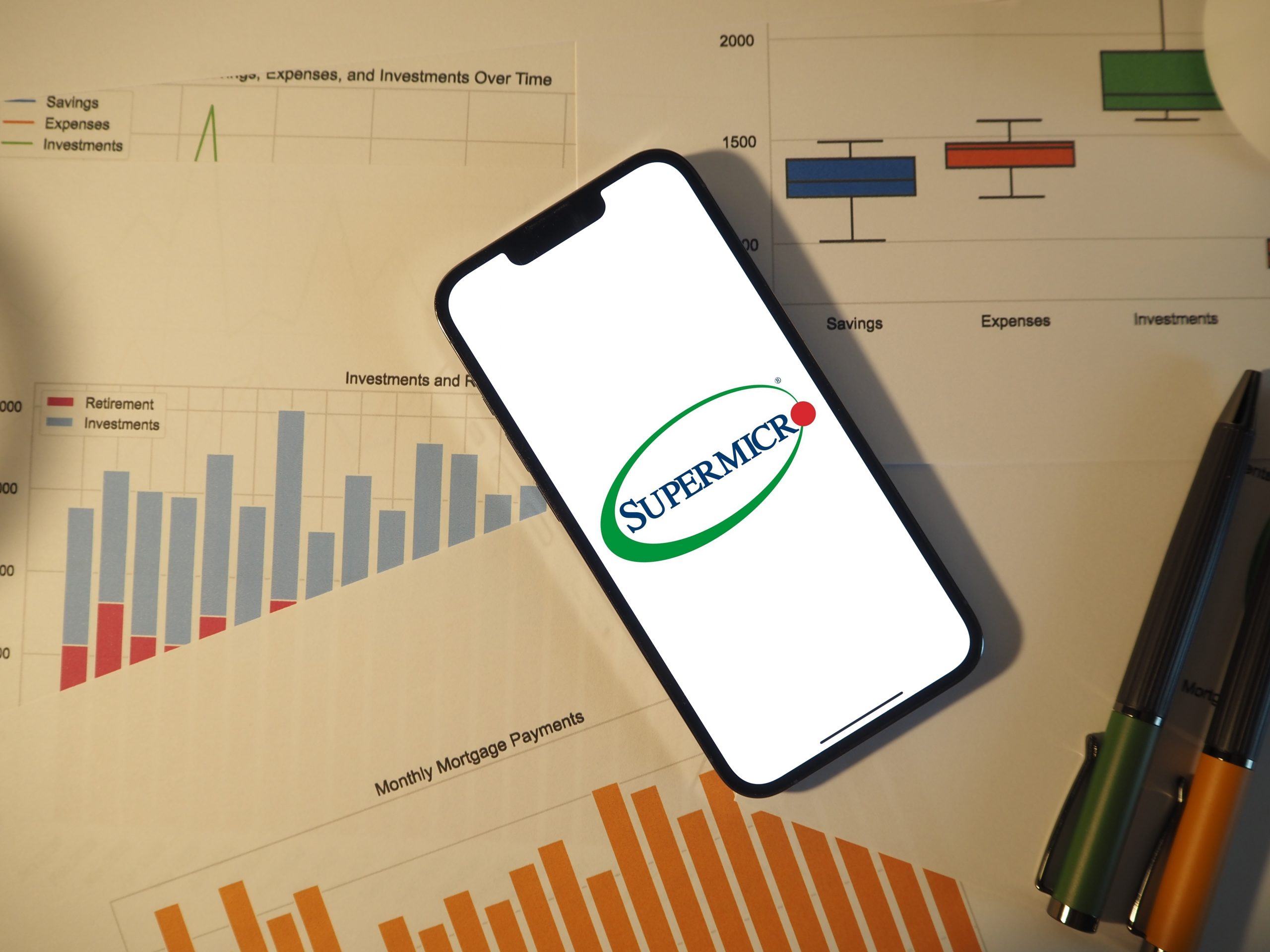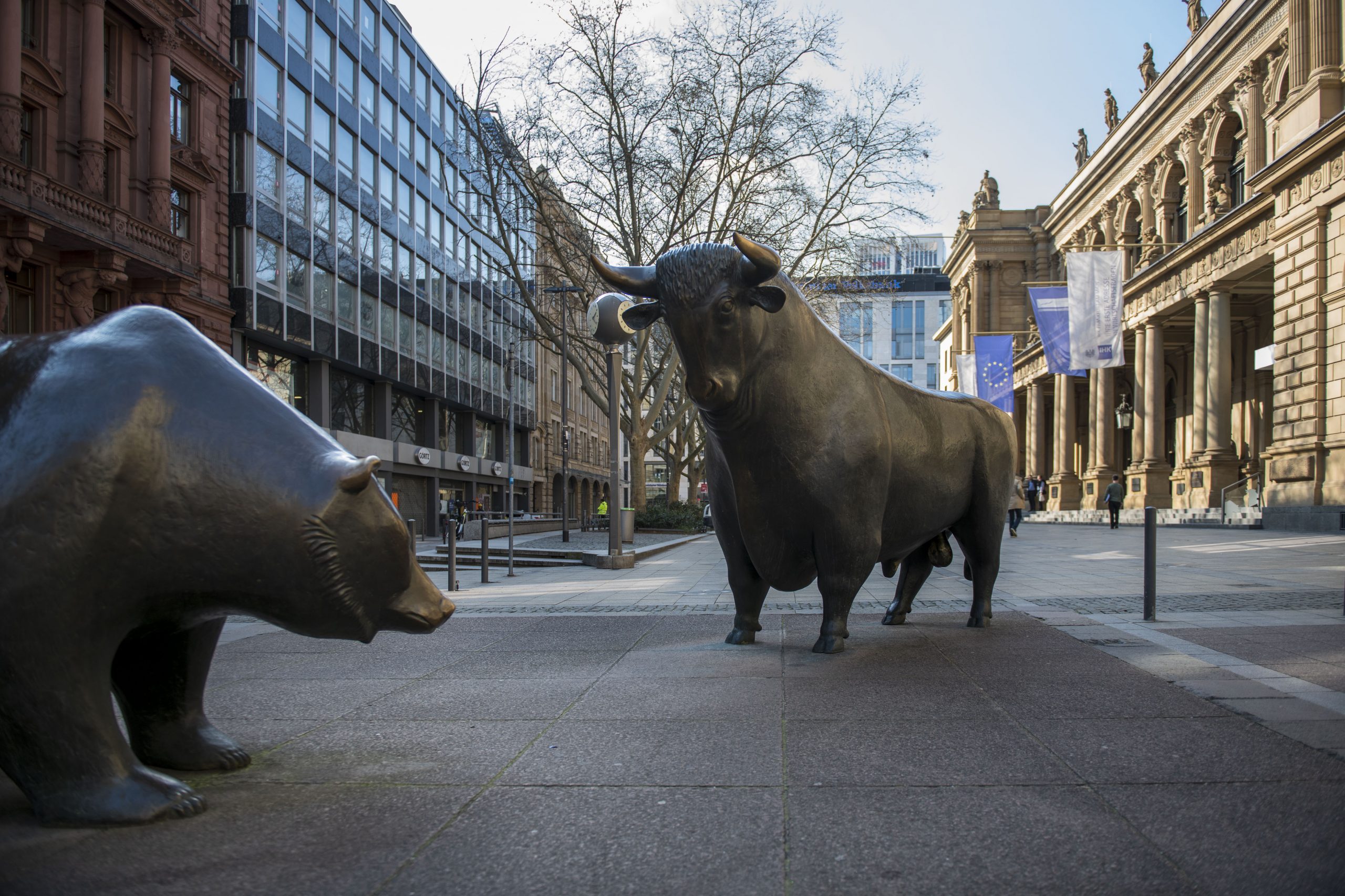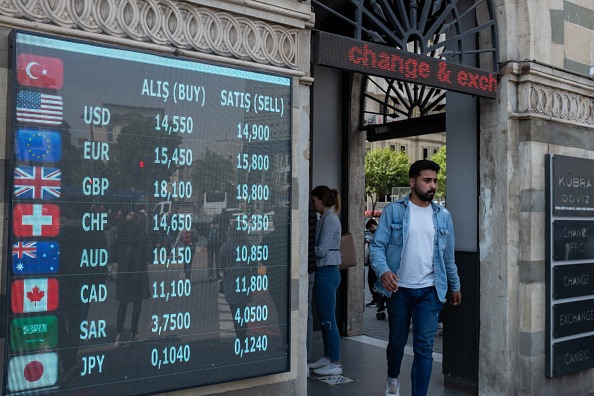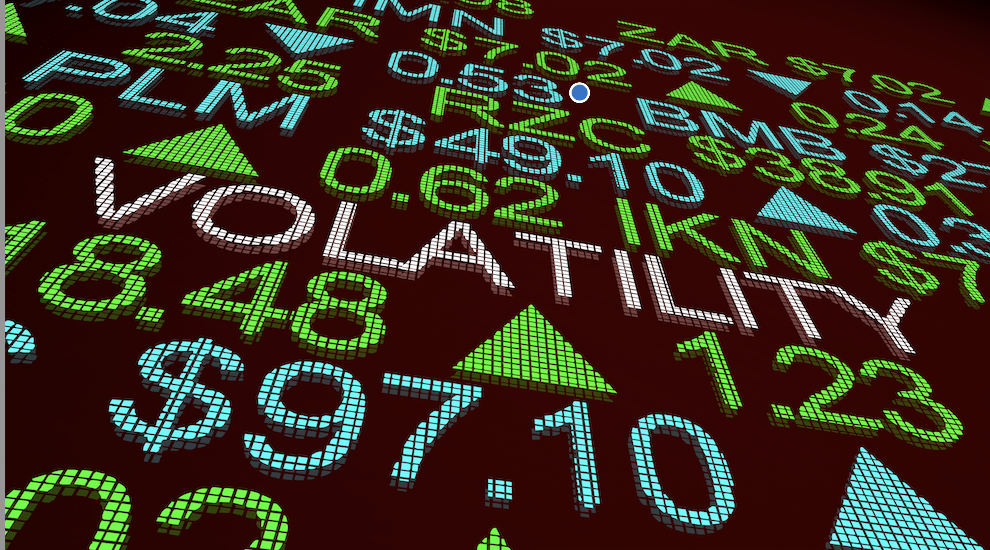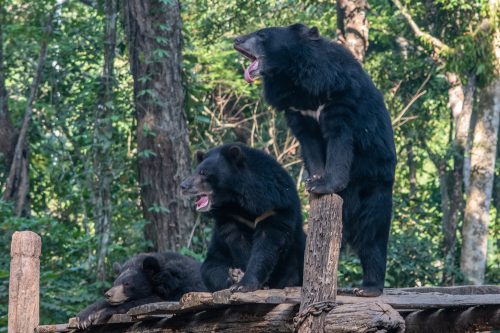Measuring Tail Risk Using the CBOE Skew Index
In the wake of the recent bank failures, tail risk in the U.S. financial markets remains elevated, as measured by the CBOE Skew Index
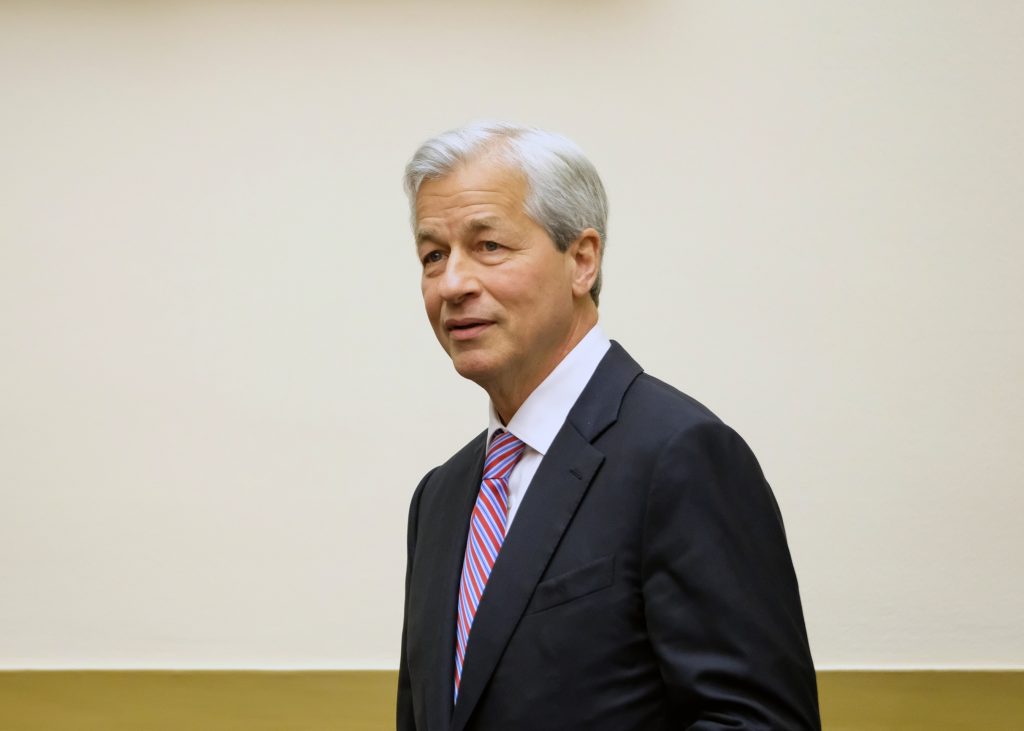
The current banking crisis hasn’t yet run its course—at least that’s the opinion of Jamie Dimon, the CEO of the largest bank in the United States, JPMorgan Chase (JPM).
“As I write this letter, the current crisis is not yet over, and even when it is behind us, there will be repercussions from it for years to come,” said Dimon in an annual letter to shareholders on April 4 of recent events in the financial sector.
Those words served as a reality check for the markets, which were mostly lower on April 4 as investors and traders reassessed risks in the system. Prior to this week, stocks had been enjoying a relief rally, as investors and traders shrugged off anxieties linked to the 2023 bank failures.
Dimon knows a thing or two about risk, making a name for himself as an effective risk manager during the previous U.S. banking crisis (2008-2009). Back then, J.P. Morgan Chase served as a white knight for the banking sector, rescuing Washington Mutual and helping bring stability back to the ailing financial system.
In a letter to shareholders, JPMorgan Chase CEO Jamie Dimon said that the US banking crisis is ongoing and will have effects for years to come https://t.co/PE31DDGWhy $JPM pic.twitter.com/9rYNTrPT92
— Reuters (@Reuters) April 5, 2023
In his most recent comments, Dimon essentially said tail risk in the markets remains elevated. Tail risk refers to a form of portfolio risk that captures the remote probability that the value of a given investment could move by more than three standard deviations from its current value.
As a risk management concept, tail risk is somewhat related to a black swan. Black swans are loosely defined as unexpected events that have a dramatically negative impact on the financial markets.
Importantly, the difference between tail risk and a black swan is that the latter typically engulfs the entirety of the markets, whereas tail risk can at times speak to the risk associated with a single position, or a particular group of positions. Moreover, tail risk may involve a large, unexpected move in either direction, whereas black swans generally refer to severe market corrections.
In that regard, all black swans involve tail risk, but not all tail risk events are represented as black swans.
In order to assess tail risk in the financial markets, many market participants utilize the CBOE Skew Index (SKEW).
SKEW is somewhat similar to the CBOE Volatility Index (VIX), but the two are not identical. VIX is calculated using at-the-money (ATM) options in S&P 500, whereas SKEW is calculated using out-the-money (OTM) options in the S&P 500.
Out-the-money options, by definition, are lower probability bets. Investors and traders typically bid up such options when they believe the underlying in question, or the market as a whole, could experience a high-magnitude move.
For example, an investor in the biotechnology sector might buy an upside out-the-money call, if he or she believed a biotech company might be acquired in the near future.
That same line of thinking applies to the VIX. When investors and traders are buying out-the-money options in the VIX, that generally indicates that tail risk is rising because out–the-money options only pay out in the event of an unexpectedly large move.
Based on this background, it shouldn’t come as much of a surprise that the SKEW staged a breakout during the recent banking crisis. After Silicon Valley Bank failed on March 10, SKEW jumped by roughly 15% and traded at the upper end of its 52-week range.
In the last couple of weeks, SKEW has retraced slightly and is currently trading at about 127. Over the last five years, SKEW has ranged between roughly 110 and 170.
It’s important to further note that SKEW isn’t necessarily an accurate predictor of market corrections. Instead, SKEW merely reflects market sentiment.
When SKEW is trading near the lower end of its historical range, that indicates that market participants are fairly complacent about the potential for a big move in the market.
However, when SKEW rises toward the higher end of its historical range, that indicates that market participants are expecting a big move.
In reality, however, a big move could occur at any time—whether it’s expected or not.
To learn more about tail risk in the financial markets, check out this recent intallment of Options Jive on the tastylive financial network.
To follow everything moving the markets on a daily basis, tune into tastylive, weekdays from 7 a.m. to 4 p.m. CDT.
Sage Anderson is a pseudonym. He’s an experienced trader of equity derivatives and has managed volatility-based portfolios as a former prop trading firm employee. He’s not an employee of Luckbox, tastylive or any affiliated companies. Readers can direct questions about this blog or other trading-related subjects, to support@luckboxmagazine.com.


